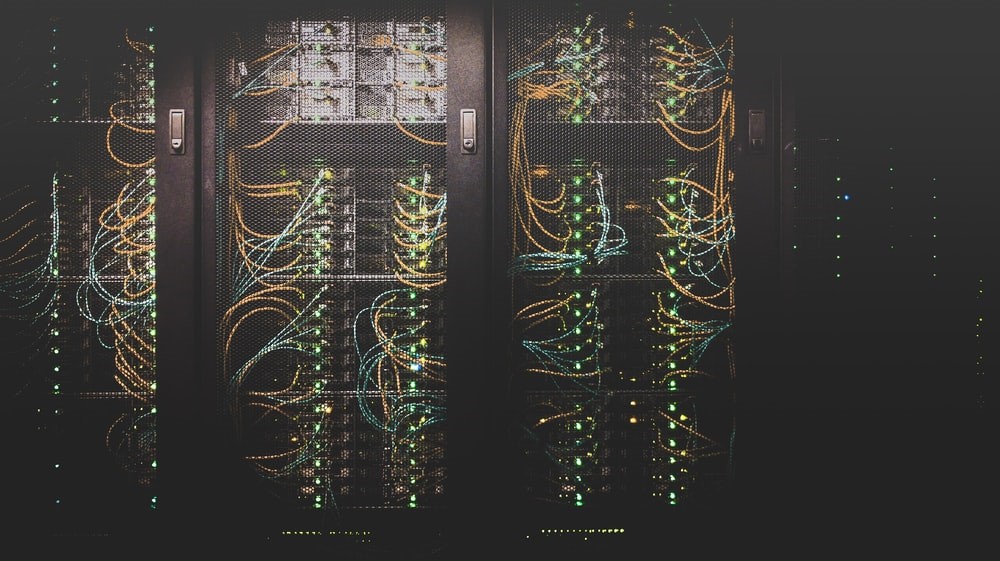6 Components of Structured Data-Centered Cabling
While structured cabling sounds like a straightforward concept, various components are working together in sync allowing this technology to function properly. Below are the 6 main components of structured cabling.
The 6 Components of Structured Cabling
1. Entrance Facilities (EF)
The cabling providing telecom facilities enters a residence or a building from the exterior and into a room which is known as entrance facilities (EF). This room holds the other deployed devices, including patch panels, power supplies, network connection points, hardware connectors, equipment racks, and protection devices for shielding, grounding, and lightning protection.
2. Equipment Room
The equipment room is where the entry cabling links to the wiring infrastructure on the interior of the building. Patch panels for horizontal cabling, backbone cabling, and intermediate cabling are located here. Because this room also holds servers, PBXs, network switches, and other devices, it should be climate-controlled to guarantee that the humidity and temperature levels meet the equipment manufacturer’s requirements.
3. Backbone Cabling
This cabling connects the equipment rooms, entrance facilities, access provider (AP) spaces, and telecommunications rooms with one another and therefore serves as the backbone of the network, hence the name ‘backbone cabling’. The cabling has been categorized into two subsystems which are as follows:
- Cabling Subsystem 2
Cabling between an intermediate cross-connect (IC) and a horizontal cross-connect. - Cabling Subsystem 3
is cabling between a main cross-connect (MC)and an IC.
4. Telecommunications Room (TR) and Telecommunications Enclosure (TE)
This climate-controlled space houses horizontal and backbone cable terminating hardware. This space is also where local cables, known as patch cords ore jumpers, are used for cross-connecting individual cables. To provide added connection resources, MCs or ICs can be found here as well.
5. Horizontal Cabling (Cabling Subsystem 1)
This climate-controlled space houses horizontal and backbone cable terminating hardware. This space is also where local cables, known as patch cords ore jumpers, are used for cross-connecting individual cables. To provide added connection resources, MCs or ICs can be found here as well.
6. Work Area (WA)
Work area is the space between a user’s device and the connector, wall outlet, or the jack it is connected to. This is where a structured cabling system terminates.
Conclusion
The advent of structured cabling has simplified the task of integrating data and voice communications devices with a network. The large-scale acceptance and usage of this technology means new systems such as IOT can be supported easily in the near future.

